Neurogenic Shock in Children
Pediatric EM Morsels
SEPTEMBER 22, 2023
Shunting of blood to the extremities results in thermal dysregulation and subsequent hypothermia. Crystalloid may help, but neurogenic shock may not respond to fluid administration. Unopposed vagal tone leads to bradycardia. Alpha 1 agonists are necessary to maintain appropriate blood pressure.








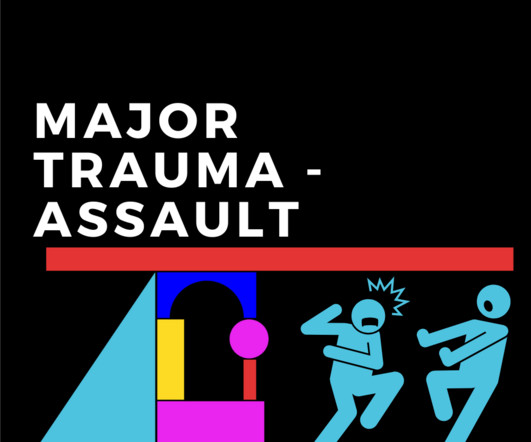




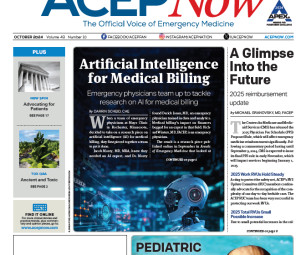

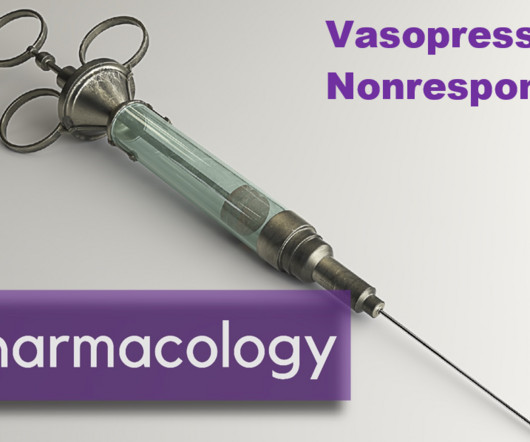

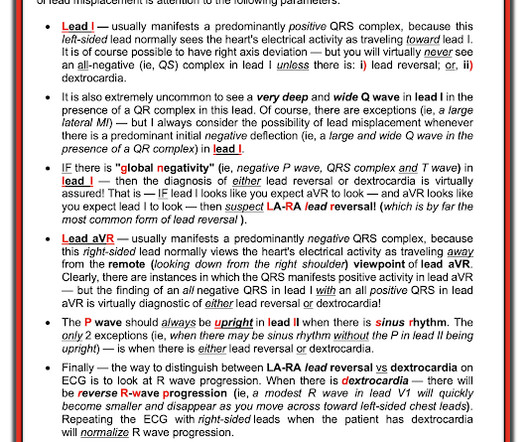

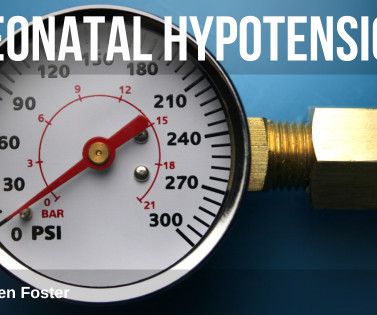








Let's personalize your content